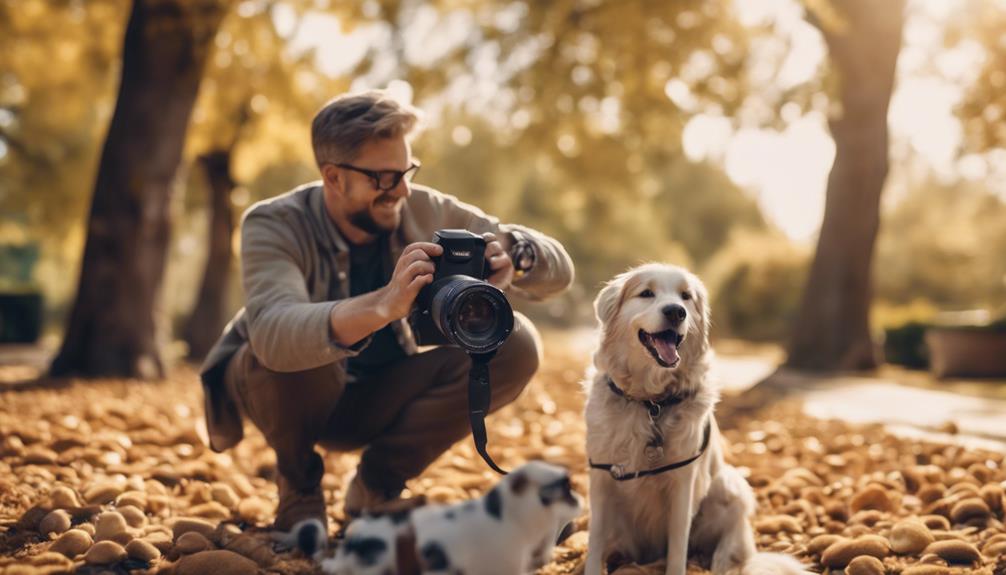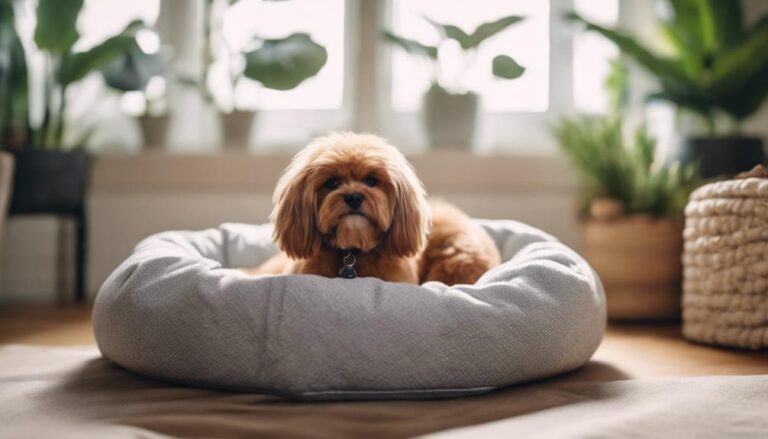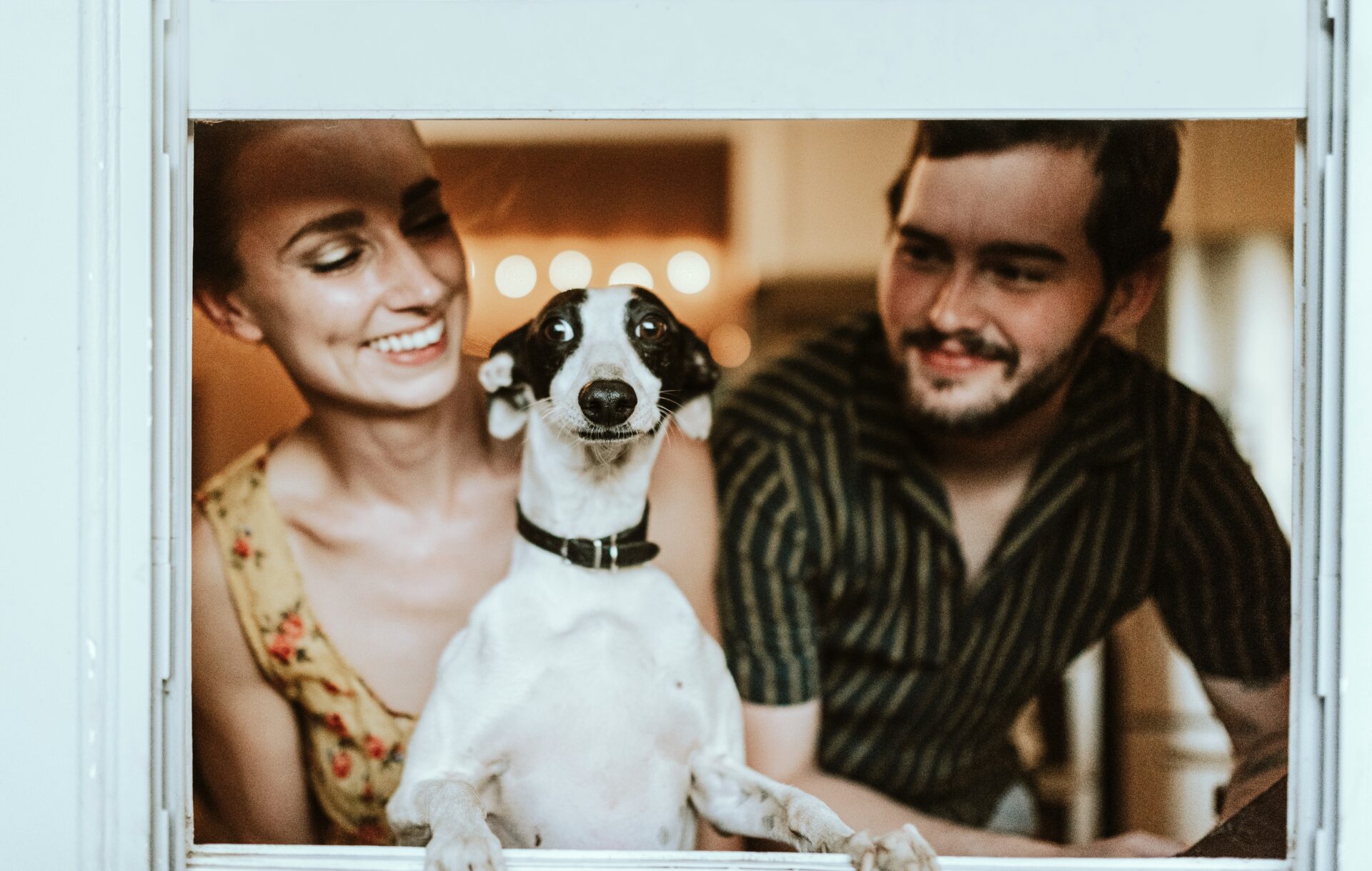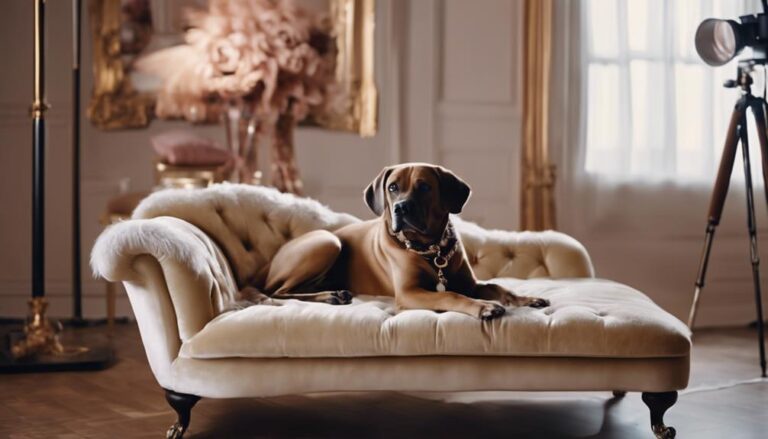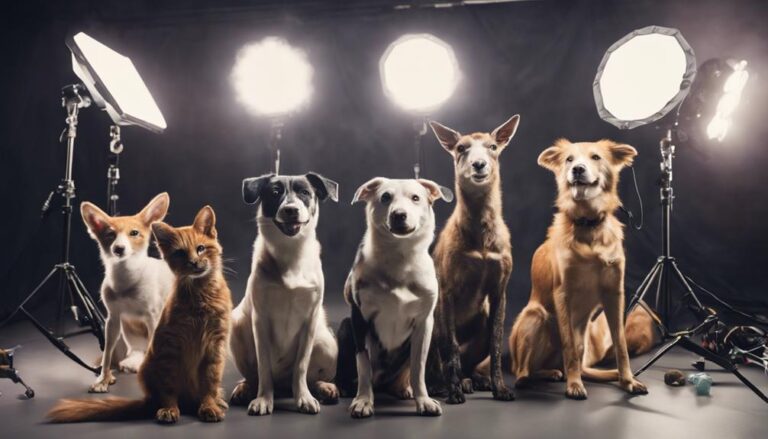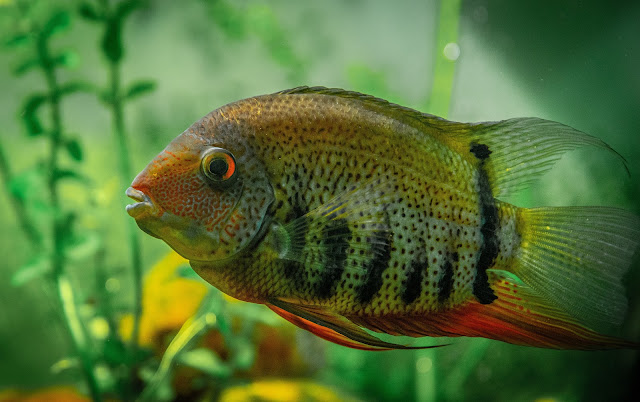Begin a freelance pet photography career by mastering skills and strategies. Choose gear like wide aperture lenses for stunning shots. Build a diverse portfolio highlighting creativity. Set rates considering market trends and value. Market services online, engage with pet businesses, and attend events for networking. Understand pet behavior to capture their personalities. Handle different pet personalities with observation and adaptability. Communicate effectively with clients for satisfaction. Mastering these aspects sets a strong foundation for your freelance pet photography career.
Choosing the Right Gear
When starting your pet photography career, selecting the appropriate gear is essential for capturing high-quality images. Lens selection plays a vital role in pet photography. Opt for a lens with a wide aperture, such as a prime lens like a 50mm f/1.8, to achieve that beautiful bokeh effect that can make your pet subject stand out. Additionally, consider a zoom lens like a 24-70mm for more versatility in capturing different angles and compositions.
Mastering lighting techniques is key to creating stunning pet portraits. Natural light often works best for pet photography, so try shooting outdoors or near a large window to benefit from soft, diffused light. If shooting indoors, consider investing in artificial lighting equipment like softboxes or speedlights to control the light and avoid harsh shadows on your furry subjects.
When it comes to post-processing, having the right editing software is essential. Programs like Adobe Lightroom and Photoshop offer powerful tools for enhancing your images, from adjusting exposure to removing distractions in the background. Familiarize yourself with these tools to take your pet photos to the next level.
Lastly, always have backup equipment on hand. Whether it's an extra camera body, memory cards, batteries, or even a backup lens, being prepared for any technical mishaps can save the day during a pet photoshoot. Remember, investing in quality gear and mastering its use will set you on the path to success in your pet photography career.
Building Your Pet Portfolio
To expand your pet photography career, begin by curating a diverse and compelling pet portfolio showcasing your skill and creativity in capturing unique moments with furry companions. Start by mastering pet posing techniques to bring out the best in each animal you photograph. Experiment with different angles, compositions, and expressions to add variety to your portfolio. Develop your editing skills to enhance the colors, sharpness, and overall quality of your images. Editing can help make your photos stand out and create a cohesive look throughout your portfolio.
When building your pet portfolio, consider the importance of location scouting. Seek out diverse environments that complement the pets you photograph. Whether it's a lush park, a sandy beach, or a cozy indoor setting, the location can greatly impact the mood and feel of your photos. Additionally, pay attention to lighting tips to guarantee that your images are well-lit and visually appealing. Natural light can often be the most flattering for pet photography, so schedule your shoots during the golden hours of early morning or late afternoon. Experiment with different lighting conditions to add depth and dimension to your portfolio.
Setting Your Rates
Setting your rates for pet photography involves carefully considering your value, market demand, and pricing strategy to guarantee fair compensation for your skills and expertise. When determining your pricing strategies, it's important to conduct competitive analysis and stay informed about market trends. Researching what other pet photographers in your area charge can give you a benchmark to position your rates competitively. Understanding the demand for pet photography services in your region can also help you set rates that align with what clients are willing to pay.
Negotiation tactics can play a key role in finalizing rates with clients. Be prepared to discuss your pricing structure and the value you bring to the table. Clearly communicate the services included in your packages and any additional fees for special requests. Offering discounts for first-time clients or seasonal promotions can also attract new business while maintaining your value.
Remember that setting rates is not a one-time task. Regularly review and adjust your pricing to reflect changes in your skills, market demand, and cost of doing business. By staying adaptable and responsive to industry trends, you can make sure that your rates remain competitive and fair for both you and your clients.
Marketing Your Services
When marketing your pet photography services, focus on targeting ideal clients who appreciate your style and work. Establish a strong online presence through social media platforms and a professional website to showcase your portfolio. Utilize strategic marketing techniques to reach a broader audience and grow your client base.
Targeting Ideal Clients
Identifying and reaching your ideal clients is vital for successfully marketing your pet photography services. Building strong client relationships and ensuring customer satisfaction are essential aspects of targeting the right audience. By offering client consultations, you can understand their needs and preferences better, allowing you to tailor your services to meet their expectations. Implementing effective pricing strategies that align with the value you provide will attract clients who appreciate your work and are willing to pay for quality pet photography. Engaging with your target audience through personalized communication and showcasing your expertise will help you stand out in a competitive market. Focusing on these key elements will not only attract your ideal clients but also foster long-term relationships based on trust and satisfaction.
Building Online Presence
To effectively market your pet photography services and reach a wider audience, establishing a strong online presence is key. Utilize social media platforms like Instagram, Facebook, and Pinterest to showcase your stunning pet photography work. Regularly post engaging content, such as cute pet photos, behind-the-scenes glimpses, and client testimonials to attract potential customers. Engaging with your audience through comments and direct messages can help foster relationships and build trust. Additionally, consider investing in online marketing strategies like Google Ads or Facebook Ads to target specific demographics interested in pet photography services. By actively participating in social media and implementing online marketing techniques, you can increase your online visibility and attract more clients to your freelance pet photography business.
Networking in Pet Industry
Engage with local pet businesses and organizations to expand your network in the pet industry. Attending pet industry events is a great way to meet potential clients and collaborators. Make sure to bring business cards and be prepared to talk about your services. Networking tips to keep in mind include being genuine, showing interest in others, and following up with new contacts promptly.
Utilize social media to connect with pet owners, pet businesses, and animal organizations. Share your work, interact with followers, and join pet-related groups to expand your online presence. By engaging with the pet community on platforms like Instagram and Facebook, you can increase your visibility and attract more clients. Implement branding strategies to create a cohesive and professional image across all your online channels. Consistent branding helps potential clients recognize and remember your pet photography business.
Collaborating with pet businesses like groomers, pet stores, or animal shelters can also help you expand your network. Offer to take photos for their promotional materials or events in exchange for exposure. Building strong relationships with these businesses can lead to referrals and new opportunities. Remember, networking is about fostering genuine connections and mutually beneficial relationships in the pet industry.
Understanding Pet Behavior
To effectively capture enchanting pet photographs, understanding pet behavior is key. Training techniques play an important role in shaping a pet's behavior and responsiveness during a photoshoot. Familiarizing yourself with positive reinforcement methods can help you guide pets into desired poses and expressions. Understanding cues is equally significant; observing how pets react to different sounds, movements, or objects can aid in capturing their personalities authentically.
Socialization tips are invaluable when working with pets to make sure they are comfortable and at ease in new environments. Encouraging pet owners to bring familiar toys or treats can help create a sense of familiarity and comfort during the photoshoot. Being patient and allowing pets to acclimate to the surroundings can result in more natural and relaxed poses.
Behavioral patterns vary among different pets, so it's crucial to adapt your approach based on individual personalities. Some pets may be more energetic and playful, requiring active engagement to capture their vibrant spirit. Others may be shy or reserved, necessitating a gentle and calm demeanor to establish trust and rapport. By recognizing and respecting these behavioral differences, you can tailor your photography techniques to suit each pet's unique characteristics effectively.
Handling Different Pet Personalities
When working with pets, you'll encounter various personalities that can pose challenges. Understanding how to communicate effectively with each type of pet is essential. Let's explore some techniques to handle different pet personalities in your photography sessions.
Pet Behavior Challenges
Traversing through various pet personalities can pose significant challenges for pet photographers, requiring adaptability and patience in handling different behaviors. Understanding pet body language is key to anticipating their actions and capturing the best shots. Anxious pets may exhibit signs like trembling, pacing, or avoidance. To deal with anxious pets, create a calm environment, speak softly, and move slowly to build trust. Pay attention to their signals to avoid overwhelming them. Remember, each pet is unique, and what works for one may not work for another. By remaining observant and responsive to their needs, you can navigate through the challenges of pet behavior and capture stunning photographs that showcase their true personalities.
Communication Techniques
Exploring through different pet personalities as a pet photographer requires effective communication techniques to handle their varied behaviors and capture their unique essence. When dealing with pets, improving body language can help convey your intentions clearly. For example, getting down to a dog's level can help you appear less intimidating, leading to more natural shots. Similarly, active listening techniques are essential when working with cats or other more independent animals. By observing their reactions and responding accordingly, you can build trust and create a comfortable environment for the photoshoot. Remember, each pet has its own personality, so being adaptable and patient is key to capturing their true selves in your photographs.
Client Communication Tips
Effective communication is essential in building strong relationships with clients as a pet photographer. To guarantee client satisfaction, feedback is vital. By actively listening to your clients' needs and preferences, you can customize your photography sessions to meet their expectations. Building rapport and trust with your clients is key to establishing a positive working relationship.
When communicating with clients, always be clear and transparent about your services, pricing, and any additional fees. Setting clear expectations from the beginning helps prevent misunderstandings and ensures a smooth process. Promptly respond to emails, calls, and messages to show your professionalism and dedication to your clients.
During the photoshoot, communicate openly with your clients to make them feel comfortable and involved in the process. Encourage them to provide feedback and share any specific ideas they may have. This collaborative approach not only enhances the client's experience but also helps you deliver photos that align with their vision.
After the shoot, keep the communication channels open for feedback. Listen attentively to any comments or suggestions they provide and use them to improve your services. Showing that you value their input demonstrates your commitment to client satisfaction and fosters long-term relationships. Remember, clear and effective communication is the foundation of a successful freelance pet photography business.
Managing Your Finances
To successfully run your pet photography business, it is important to manage your finances effectively. Budgeting tips can help you keep track of your income and expenses. Start by creating a detailed budget that outlines your monthly costs such as gear maintenance, marketing expenses, and software subscriptions. Setting aside a portion of your earnings for taxes is vital. Consider opening a separate bank account for your business funds to avoid mixing personal and professional finances. This separation can make it easier to track your business expenses and revenue.
When it comes to tax deductions, make sure to keep thorough records of all business-related expenses. These can include equipment purchases, travel costs for photoshoots, and even a portion of your home used as a dedicated workspace. By leveraging tax deductions effectively, you can reduce your taxable income and save money come tax season. However, it is essential to stay informed about the specific deductions available to freelance photographers in your area.
Regularly reviewing your budget and financial reports can provide valuable insights into the health of your business. Consider using accounting software to streamline this process and generate detailed financial summaries. By implementing these budgeting tips and maximizing tax deductions, you can strengthen your pet photography business's financial foundation and work towards long-term success.
Frequently Asked Questions
How Can I Balance My Freelance Pet Photography Business With My Personal Life and Other Commitments?
Balancing your freelance work and personal life is essential. To manage scheduling conflicts, prioritize tasks, set boundaries, and communicate effectively. Create a routine that allows time for both work and relaxation, ensuring a healthy work-life balance.
What Are Some Common Challenges Faced by Freelance Pet Photographers and How Can They Be Overcome?
Facing challenges like managing multiple clients, editing workload, and fluctuating income is common. Overcoming these obstacles requires effective time management, clear communication with clients, and consistent quality to guarantee client satisfaction in your freelance pet photography business.
How Important Is It to Stay Up-To-Date on the Latest Trends and Techniques in Pet Photography?
Staying up-to-date on pet photography trends and techniques is essential. Social media impact is huge; showcasing modern styles attracts clients. Engaging with the latest developments keeps your work fresh and competitive in the industry.
How Can I Handle Difficult or Demanding Clients in a Professional Manner?
When handling difficult or demanding clients, it's essential to set clear client boundaries. Communication skills are key in addressing concerns professionally. Conflict resolution is best achieved through patience and professionalism to maintain a positive working relationship.
What Are Some Strategies for Expanding My Client Base and Reaching New Markets as a Freelance Pet Photographer?
To grow your client base as a freelance photographer, try various marketing strategies like networking events. Utilize social media and run targeted email campaigns. Engaging with potential clients through these avenues can help expand your reach.
Conclusion
As you start on your freelance pet photography career, remember to invest in the right gear, build a strong portfolio, set competitive rates, market your services effectively, network within the pet industry, understand pet behavior, handle different personalities, communicate with clients professionally, and manage your finances wisely. By following these tips and putting in the effort, you can achieve success in this rewarding and fulfilling career. Good luck!

